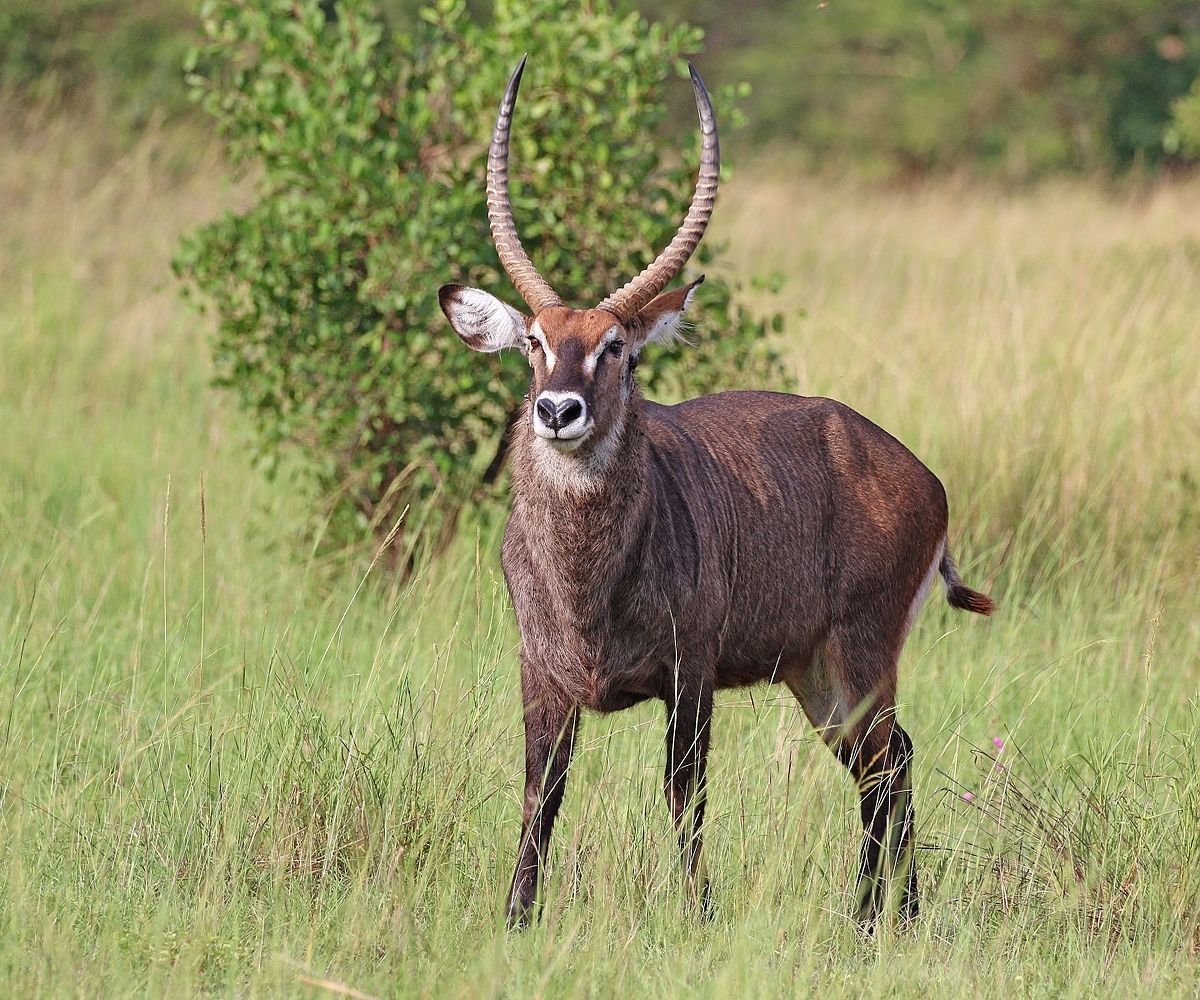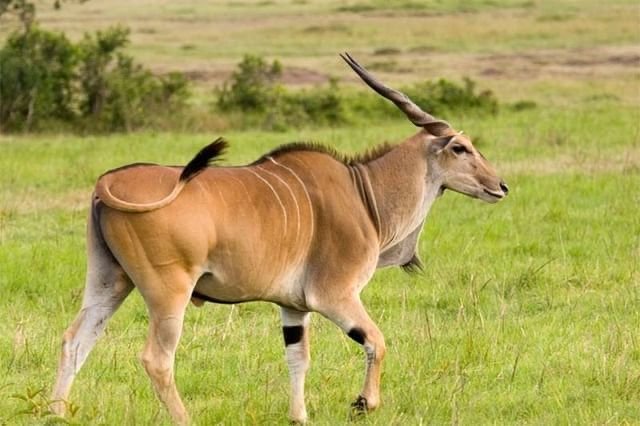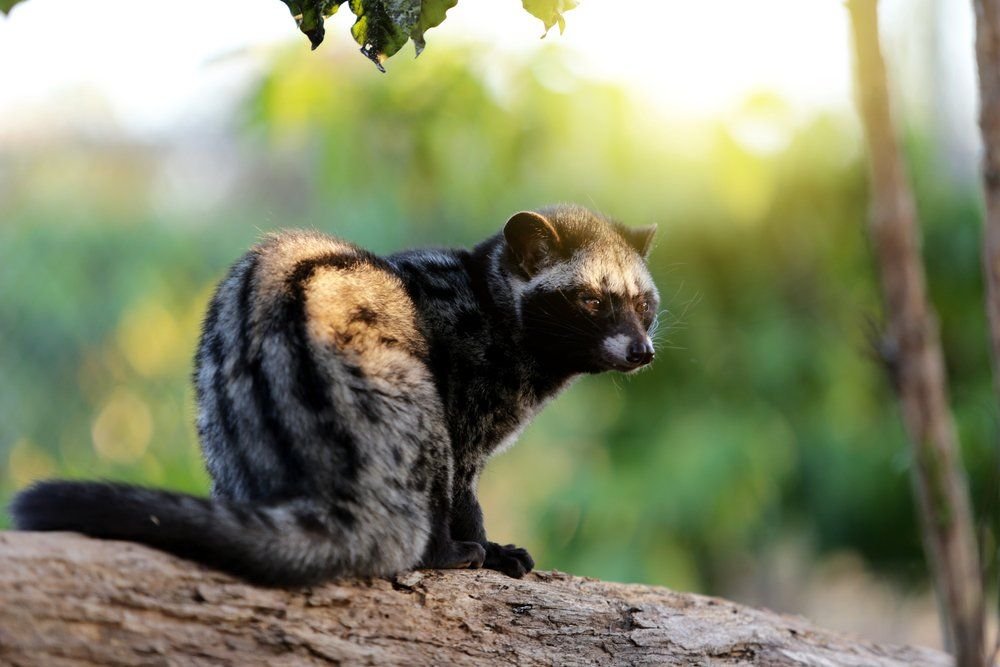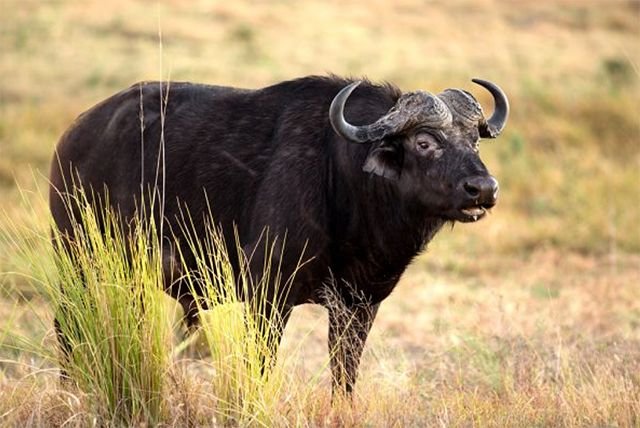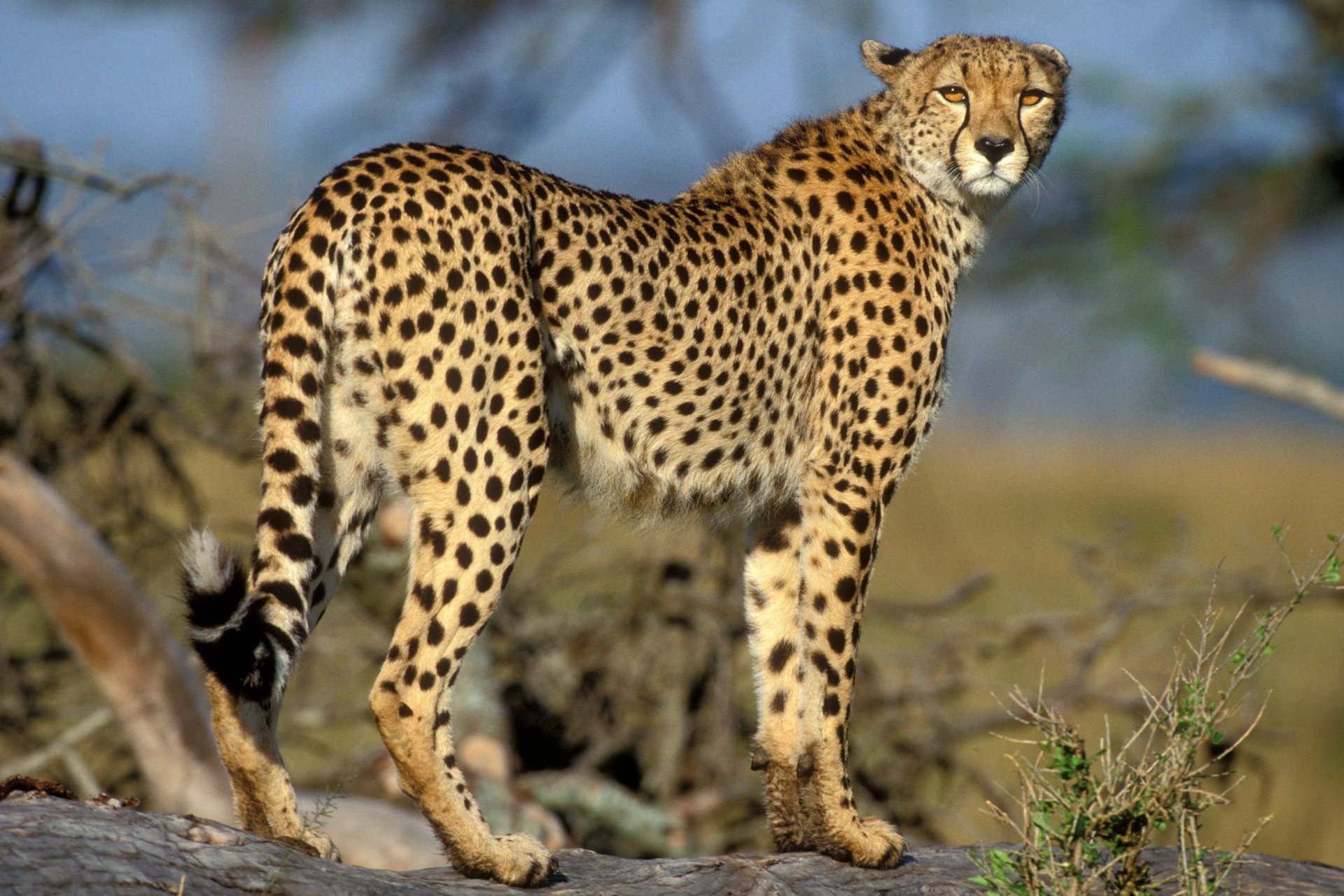Bates's pygmy antelope
The second-smallest African ungulate, Bates' Pygmy Antelope (Neofragus batesi), is a Congolese rainforest species found in Semliki National Park and the forests inside and bordering the southern half of Queen Elizabeth National Park. It is not a duiker but is similar to one in size and preferred habitat.
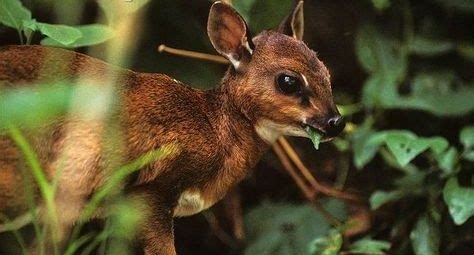
The dwarf antelope, also known as the pygmy antelope or Bates' dwarf antelope, is a tiny antelope that lives in the damp forest and scrub of Central and West Africa. Its scientific name is Nesotragus batesi. The suni shares the same genus as it.
Their lustrous, rich chestnut coat is darker on the back and lighter on the sides. Male antelope are noticeably larger than female antelope.
Behaviour of Bates's pygmy antelope
Males are territorial, and they use scent from their preorbital glands to define their area. Females often reside in small groups and are kind to one another. When they run, they bark.
The activity of Bates's pygmy antelope peaks at sunrise and dusk but continues throughout the day and night. Foraging often takes place at night in more open settings whereas the day is typically spent in the deep forest. Rarely does this antelope venture too far from the dense cover it uses to protect itself from raptors.
Bates' pygmy antelope reproduction
The majority of pygmy antelope breed in the early and late rainy seasons. A pregnancy lasts 180 days. One child is born per pregnancy. A fawn's weight ranges from 1.6 to 2.4 kg. It prefers deep undergrowth in its typical environment, which is moist lowland forest. It also lives in plantations, secondary forests, cleared areas, and regions close to human settlements.
Bates's pygmy antelope Diet
The Bates's pygmy antelope eats grass, herbs, leaves, buds, and shoots. They are despised by farmers because they also consume crops. They are frequently caught in snares close to farms.
Where to see Bates's pygmy antelope in Uganda
Semliki National Park and the forests inside and around Queen Elizabeth National Park's southern part are two locations in Uganda where Bates's Pygmy Antelope has been observed.
What's Your Reaction?
 Like
0
Like
0
 Dislike
0
Dislike
0
 Love
0
Love
0
 Funny
0
Funny
0
 Angry
0
Angry
0
 Sad
0
Sad
0
 Wow
0
Wow
0






























































